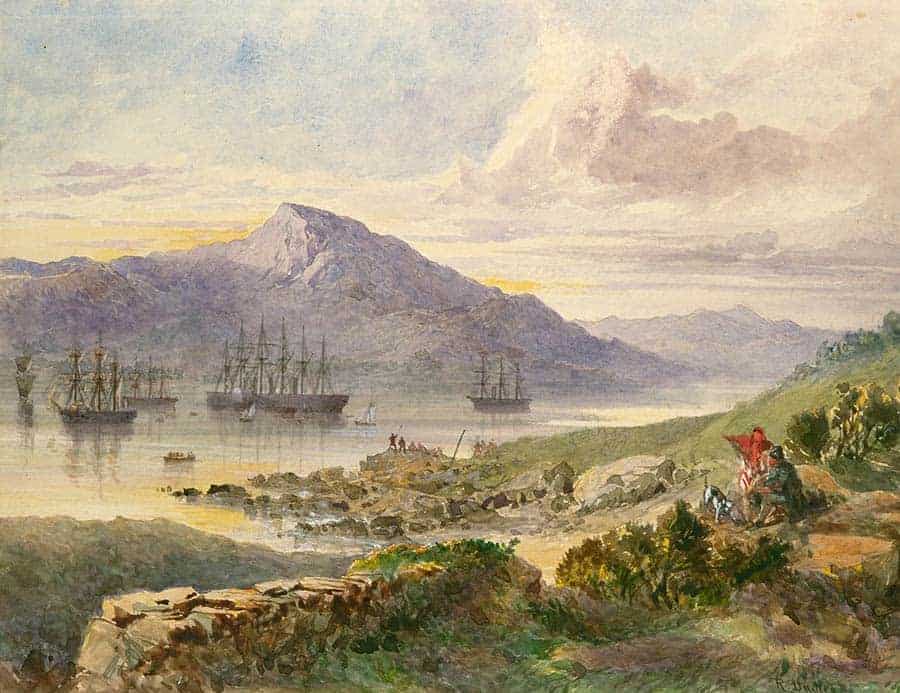Valentia is a key point to visit on the Wild Atlantic Way and has lots of things to do and see; it is a destination in itself with plenty to do for a week’s stay. This is our suggested bucket list for your trip to Valentia.
Tetrapod Trackway
Valentia is a key point to visit on the Wild Atlantic Way and has lots of things to do and see; it is a destination in itself with plenty to do for a week’s stay. This is our suggested bucket list for your trip to Valentia.
Tetrapod Trackway
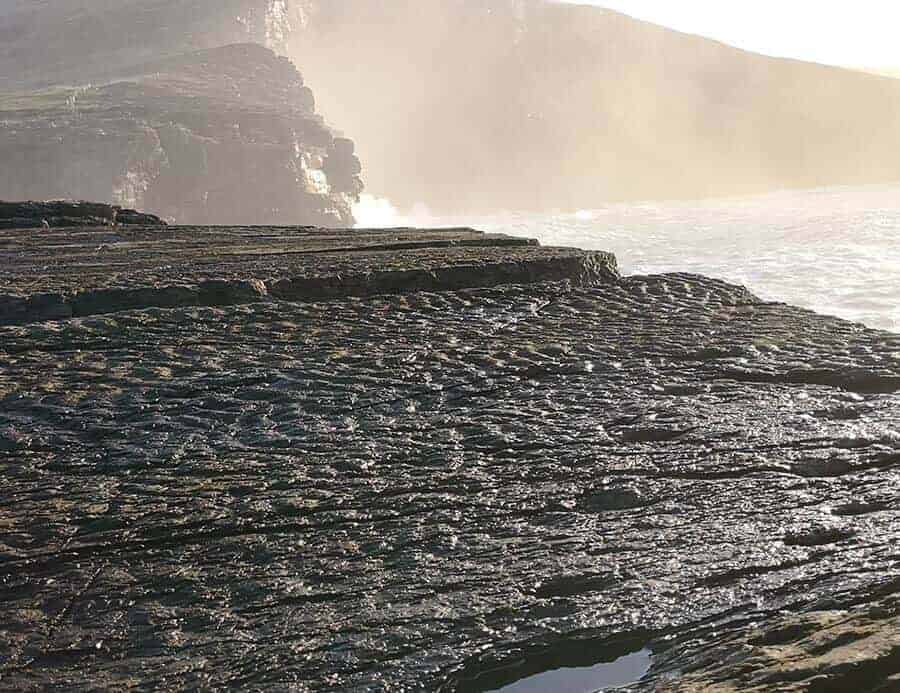
Valentia Slate Quarry
Visit us to see the oldest business in Kerry (one of the oldest artisan businesses in Ireland), the westernmost quarry in Europe and the only remaining underground stone quarry in Ireland. The quarry was opened in 1816 and much of it remains as it was excavated in the mid 1800’s. We have guided tours, a selection of unique slate souvenirs made at the quarry and a picnic table at a viewpoint above the quarry.
There is also a Lourdes Grotto built in 1954. This is the best place to view the Blasket Islands, Dolus Head, Beginish Island and Valentia Harbour. Parking is free. Search Grotto and Slate Quarry on Google Maps.
Valentia is a key point to visit on the Wild Atlantic Way and has lots of things to do and see; it is a destination in itself with plenty to do for a week’s stay. This is our suggested bucket list for your trip to Valentia.
Valentia Slate Quarry
Visit us to see the oldest business in Kerry (one of the oldest artisan businesses in Ireland), the westernmost quarry in Europe and the only remaining underground stone quarry in Ireland. The quarry was opened in 1816 and much of it remains as it was excavated in the mid 1800’s. We have guided tours, a selection of unique slate souvenirs made at the quarry and a picnic table at a viewpoint above the quarry.
There is also a Lourdes Grotto built in 1954. This is the best place to view the Blasket Islands, Dolus Head, Beginish Island and Valentia Harbour. Parking is free. Search Grotto and Slate Quarry on Google Maps.
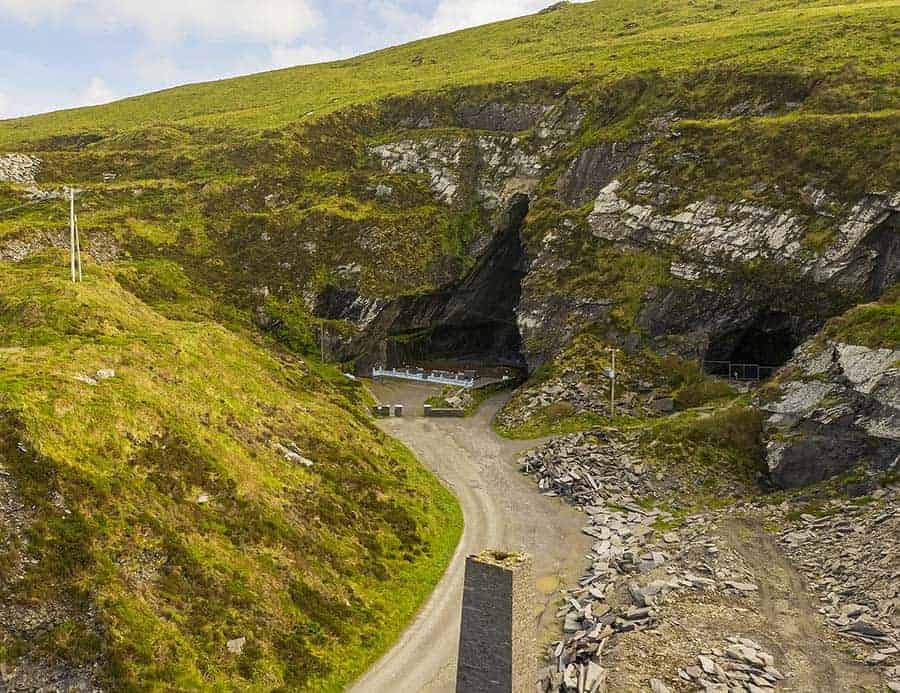
The beautiful village of Knightstown
The beautiful village of Knightstown
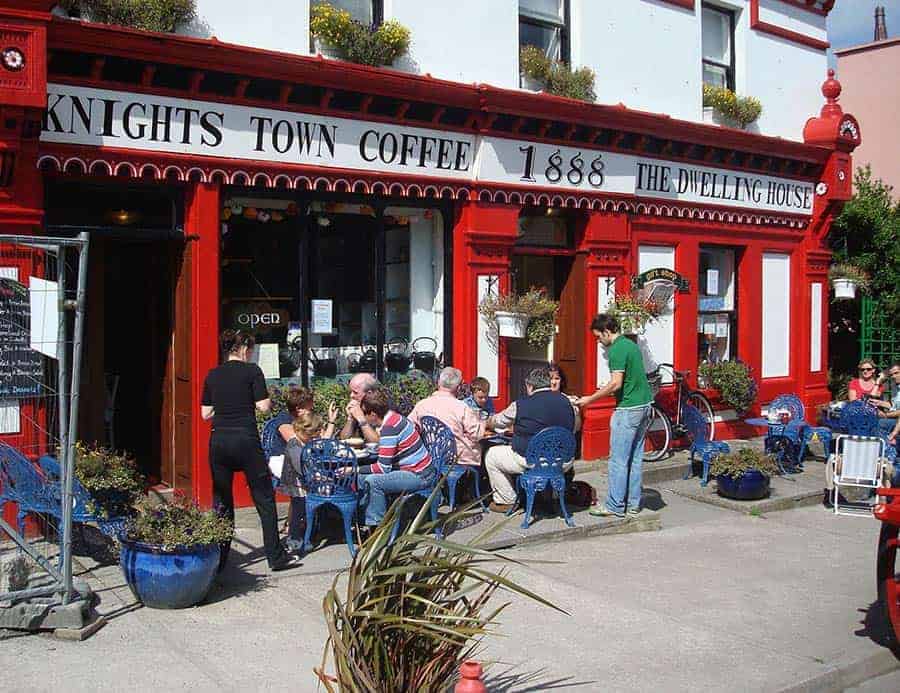
Valentia Lighthouse
Valentia Lighthouse
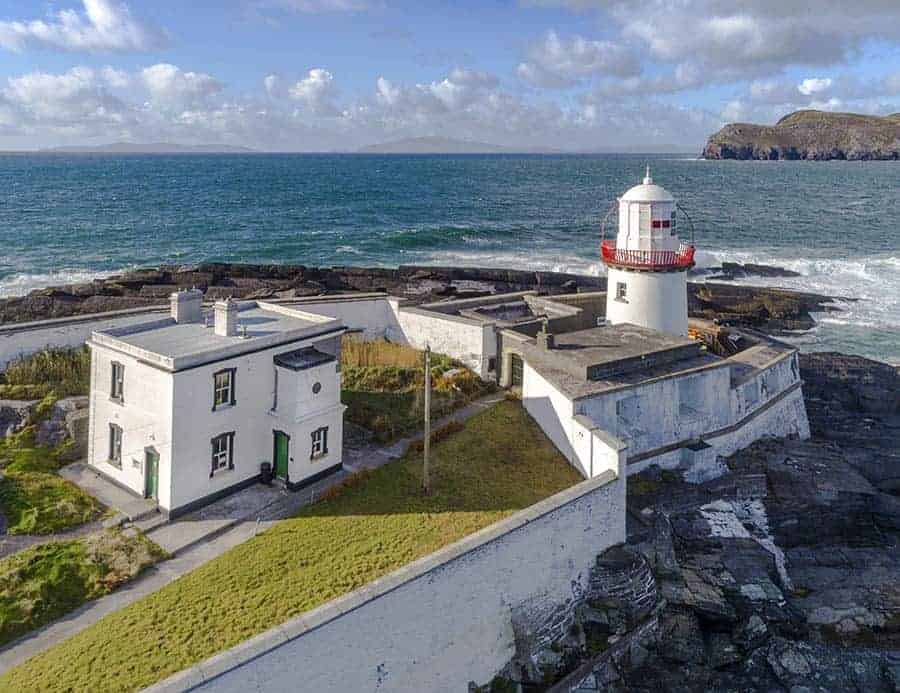
Signal Tower at Bray Head
Signal Tower at Bray Head
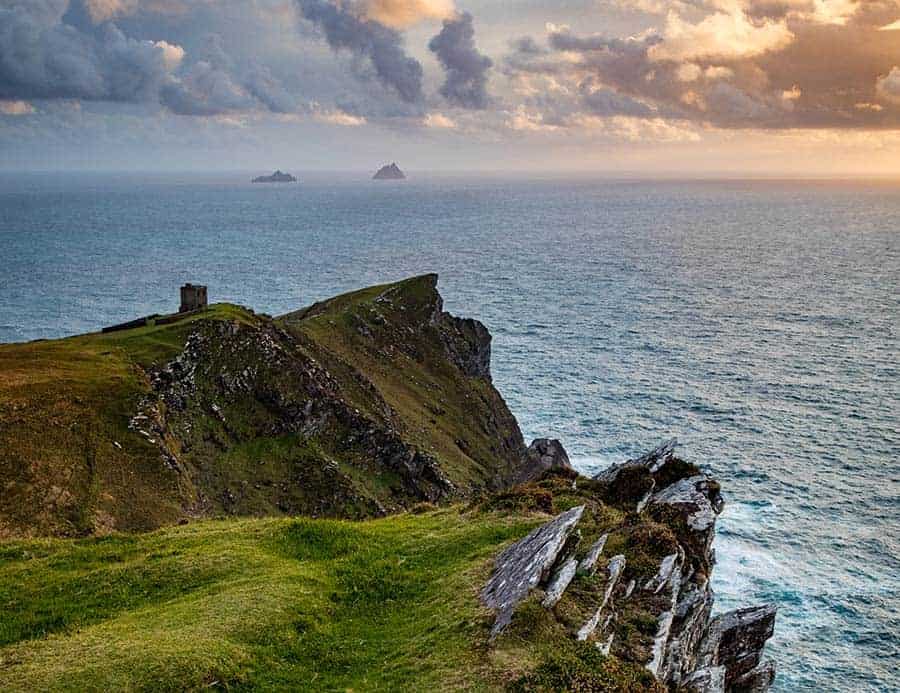
First Message Building, Telegraph Field and Cable Station
Valentia is well known as the European end of the first transatlantic telegraph cable and there is plenty of evidence left of this birth of global telecommunications. The First Message Building was a store in Valentia Slate quarry’s slate yard that was rented to the first cable company. We are very proud of this link to the birth of global telecommunications!
In 1858, the first message between Europe and North America was transmitted from our building with the cable running out into the Atlantic north of Beginish Island. This initial attempt failed after a few weeks and there were subsequent attempts that resulted in a commercially viable link in 1866.
The first commercial cable landed at Foilhommerum Bay near the car park from where you walk to Bray Head. A small building in the “Telegraph Field” near here was the first cable station. Later, a large building in Knightstown was constructed and this, known as the Cable Station served as the European end of this transatlantic cable until the system was closed down in the 1960’s.
First Message Building, Telegraph Field and Cable Station
Valentia is well known as the European end of the first transatlantic telegraph cable and there is plenty of evidence left of this birth of global telecommunications. The First Message Building was a store in Valentia Slate quarry’s slate yard that was rented to the first cable company. We are very proud of this link to the birth of global telecommunications!
In 1858, the first message between Europe and North America was transmitted from our building with the cable running out into the Atlantic north of Beginish Island. This initial attempt failed after a few weeks and there were subsequent attempts that resulted in a commercially viable link in 1866.
The first commercial cable landed at Foilhommerum Bay near the car park from where you walk to Bray Head. A small building in the “Telegraph Field” near here was the first cable station. Later, a large building in Knightstown was constructed and this, known as the Cable Station served as the European end of this transatlantic cable until the system was closed down in the 1960’s.
